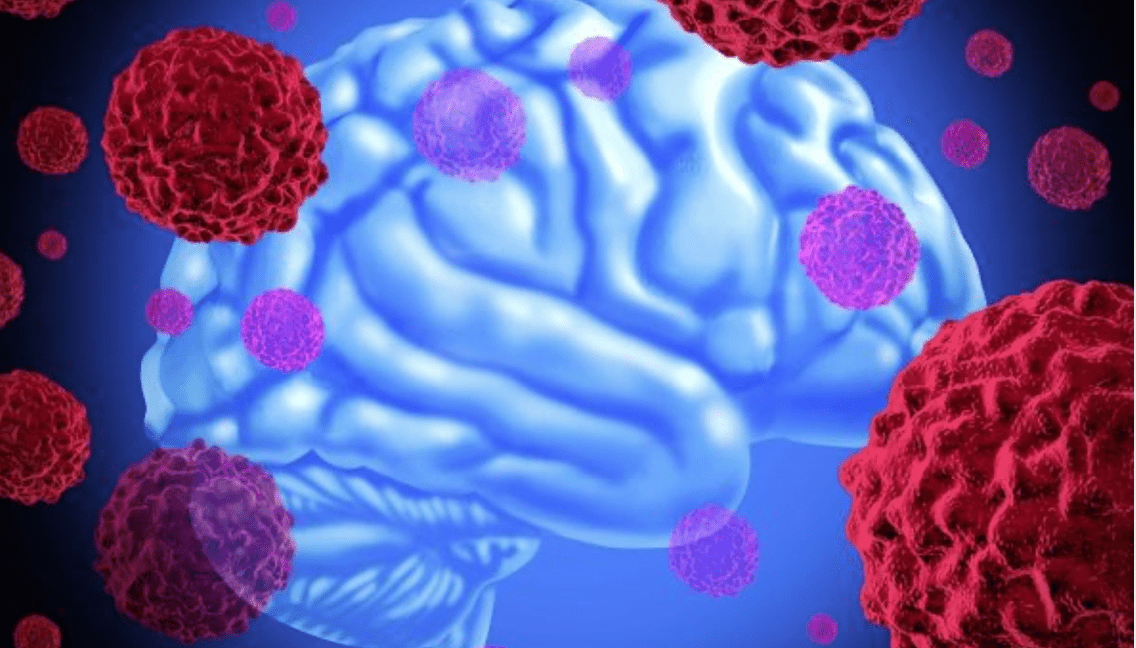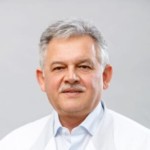-
 News
When glucose levels are low, chemotherapy ceases to affect cancer cells
News
When glucose levels are low, chemotherapy ceases to affect cancer cells
-
 News
Excessive treatment of prostate cancer in older men may reduce quality of life without increasing its duration
News
Excessive treatment of prostate cancer in older men may reduce quality of life without increasing its duration
-
 News
Brain cancer can be cured by viruses
News
Brain cancer can be cured by viruses
-
 News
Ways to reduce lymphatic pain in breast cancer have been found
News
Ways to reduce lymphatic pain in breast cancer have been found
-
 News
Scientists have turned bacteria into a powerful weapon against cancer
News
Scientists have turned bacteria into a powerful weapon against cancer
All news
Multiple myeloma treatment
Multiple myeloma (MM), or myeloma — a rare malignant disease in relation to breast cancer or lung cancer. At the same time, it ranks 2nd in terms of prevalence among oncological blood diseases.
- Every second tumor blood system is a myeloma,
- Elderly people (60-74 years old) are often sick,
- Today, more than 750,000 people are sick with MM. This compares with the population of two Icelandic or 1,000 Vatican cities.
Diagnosis: laboratory analysis, bone marrow puncture and visualization techniques.
Innovative treatment methods: radiation and high-dose chemotherapy, targeted and immuno-oncological therapy.
MedTour patients recommend clinics for the treatment of multiple myeloma:
Doctors for the treatment of multiple myeloma
Frequently Asked Questions
Multiple myeloma (MM) – a malignant disease that develops from certain types of leukocytes – plasma cells.
The bone marrow produces cells, that divide and become other types of cells: erythrocytes, platelets, and leukocytes.
Plasma cells fight infections by forming immunoglobulins.
For one reason or another, one plasma (myeloma) cell in bone marrow undergoes malignancy. It divides uncontrollably and continuously, forming the same cancer cells.
The cancer plasma cell produces defective immunoglobulins.
It’s not fully known why MM occurs.
Risk factors are:
- Radiation,
- Age over 60 years old,
- Heavy metal contact,
- Certain toxins (pesticides, solvents, etc.).
These substances can cause changes in genes, thus increasing the risk of disease.
Defective plasma cells displace healthy ones. This leads to the fact that normal blood cells are in short supply.
Also, abnormal immunoglobulins are circulating in the bloodstream. This leads to the appearance of signs characteristic of myeloma:
- Anemia: dizziness and headache, weakness, fatigue, pale skin,
- Bleeding, frequent bruising with minor injuries,
- Decreased immunity and frequent infections,
- Bone pain:
- In the chest (ribs), back (vertebrae), joints,
- Worries about 2⁄3 patients,
- Gets stronger when moving,
- Fever, night sweats, weight loss,
- Bone fractures,
- Kidney disorders: frequent urination, frothy urine.
There are myelomas:
- Smoldering — no signs,
- Active — symptoms and damages internal organs are present,
- MGUS — asymptomatic with pathological immunoglobulins in the bloodstream.
After diagnosis, life expectancy is on average 5-8 years.
However, these are only average values, so life expectancy can be significantly higher.
Cure is possible only in cases of solitary myeloma or with a bone marrow transplant.
In other cases, MM cannot be completely cured. An experienced doctor will establish control over the disease.
Modern approaches to the diagnosis and treatment of multiple myeloma
Diagnosis of multiple myeloma abroad
If MM is suspected, a qualified doctor may prescribe the following tests:
- Laboratory tests:
Pathological immunoglobulins produced by abnormal plasma cells accumulate in large quantities in blood and urine.
In addition, urinalysis is required to check kidney function.
- Bone X-ray:
Method visualizes the bones and makes it possible to identify fractures and bone tissue damages.
- PET / CT:
Two different studies, often this research is done together.
Low-dose CT scans the skeleton and detects myeloma changes in bones. PET is used to detect active myeloma and assess the extent of lesions.
- MRI:
With the help of MRI, doctors can get additional information about the areas of altered tissue in places where the bone marrow is replaced by myeloma cells.
Also, MRI is used to identify or exclude myeloma foci outside the bone marrow.
- Sternal puncture:
The doctor examines a bone marrow biopsy to confirm or refute MM.
The method allows to determine the number of mutated cells.
Also, the doctor can determine genetic aspects of disease.
It is not possible to diagnose MM with only one method. Based on all the research results, the doctor establishes an accurate diagnosis. This is done strictly in accordance with the IMWG criteria.
After an accurate diagnosis is made, the stage of disease is determined:
- Stage I: no signs + mild changes in blood counts,
- Stage II: symptoms appear + large changes in the blood and urine + signs of bone damage,
- Stage III: multiple lesions + severe changes in blood and urine + pronounced bone destruction.
Since kidney function worsens with MM, it’s also indicated:
- A — normal or slightly impaired renal function,
- B — impaired renal function.
An innovative treatment for multiple myeloma
After the doctor makes a diagnosis and determines the degree of the disease, he will develop an individual treatment plan.
Treatment methods:
- Chemotherapy:
Special drugs (cytostatics) are prescribed, which are aimed at suppressing the growth of cancer cells.
Chemotherapy is given in several cycles with long breaks between cycles. The drug is chosen depending on the patient’s age, stage of MM, kidney condition. During chemotherapy, some side effects are possible in the form of baldness, nausea, vomiting, etc. After the end of treatment, unwanted side effects disappear.
- Radiation therapy (RT):
RT acts on cancer cells locally, i.e. in one specific area of the body.
The method is often used for severe bone pain. For solitary myeloma, RT may be the only effective treatment.
- Targeted therapy:
Modern approach to cancer treatment with drugs that block processes important for tumor cells growth.
- Surgery:
Concomitant therapy. It’s performed to treat fractures and remove a part of the body or restore the function of a specific part of the body. Surgery can remove solitary myeloma if RT alone isn’t enough.
- Immuno-oncological therapy:
This type focuses on strengthening the body’s own defenses.
Immuno-oncological methods support the immune system in such a way that the body’s own immune response against cancer cells is renewed.
Published:
Updated:


Information on this webpage verified by the medical expert








